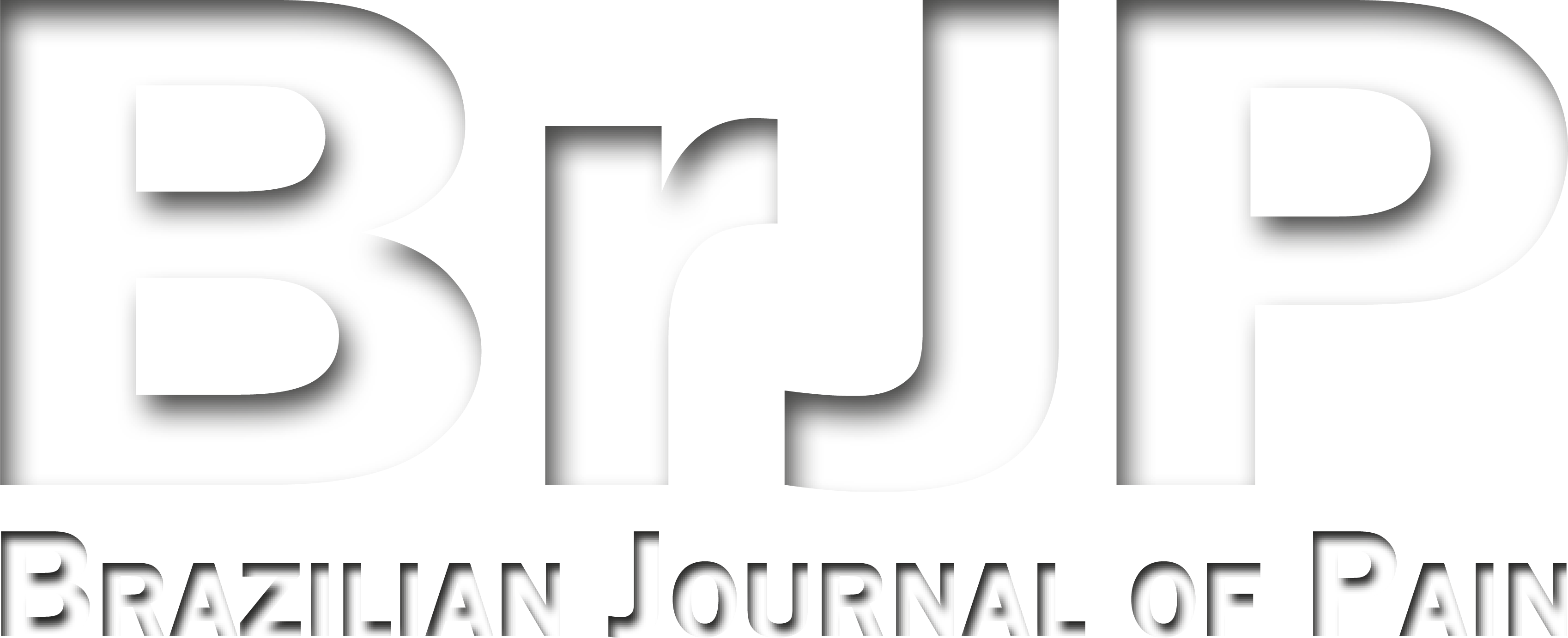Relationship of anteversion of the femoral neck with patellofemoral pain syndrome in young women not practicing regular physical activity
Relação entre a anteversão de colo do fêmur e a síndrome da dor patelofemoral em mulheres jovens não praticantes de atividade física regular
Alexandre Otilio Pinto-Junior; Yuri Rafael dos Santos Franco; Quiteria Maria Wanderley Rocha
Abstract
Keywords
Resumo
Palavras-chave
References
Kunene SH, Ramklass S, Taukobong NP. The impact of anterior knee pain on the quality of life among runners in under-resourced communities in Ekurhuleni, Gauteng, South Africa. S Afr J Sports Med. 2018;30(1):1-6.
Lima KMM, Flôr JS, Barbosa RI, Marcolino AM, Almeida MG, Silva DC. Effects of a 12-week hip abduction exercise program on the electromyographic activity of hip and knee muscles of women with patellofemoral pain: a pilot study. Motriz. 2020;26(1).
Arrebola LS, Carvalho RT, Lima VCO, Percivale KAN, Oliveira VGC, Pinfildi CE. Influence of body mass index on patellofemoral pain. Fisioter Mov. 2020;33.
Franco BAFM, Sadigursky D, Daltro GC. Caracterização por estudo anatomorradiográfico da posição patelar em pacientes portadores de síndrome femoropatelar. Rev Bras Ortop. 2018;53(4):410-4.
Uota S, Morikita I, Shimokochi Y. Validity and clinical significance of a clinical method to measure femoral anteversion. J Sports Med Phys Fitness. 2019;59(11):1908-14.
Patro BP, Behera S, Das SS, Das G, Patra SK, Prabhat V. Estimation of femoral neck anteversion in adults: a comparison between clinical method, radiography, and computed tomography at a tertiary-care center in Eastern India. Cureus. 2019;11(4).
Romancini JLH, Guariglia D, Nardo Jr N, Herold P, Pimentel GGA, Pupulin ART. Níveis de atividade física e alterações metabólicas em pessoas vivendo com HIV/AIDS. Rev Bras Med Esporte. 2012;18(6):356-60.
Fukuda TY, Melo WP, Zaffalon BM, Rossetto FM, Magalhães E, Bryk FF. Hip posterolateral musculature strengthening in sedentary women with patellofemoral pain syndrome: a randomized controlled clinical trial with 1-year follow-up. J Orthop Sports Phys Ther. 2012;42(10):823-30.
dos-Santos GK, Silva NC, Alfieri FM. Effects of cold versus hot compress on pain in university students with primary dysmenorrhea. BrJP. 2020;3(1):25-8.
Uota S, Nguyen AD, Aminaka N, Shimokochi Y. Relationship of knee motions with static leg alignments and hip motions in frontal and transverse planes during double-leg landing in healthy athletes. J Sport Rehabil. 2017;26(5):396-405.
Kujawa M, Goerlitz A, Rutherford D, Kernozek TW. Patellofemoral joint stress during running with added load in females. Int J Sports Med. 2020;41(6):412-8.
Barbosa-Silva TG, Bielemann RM, Gonzalez MC, Menezes AM. Prevalence of sarcopenia among community-dwelling elderly of a medium-sized south American city: results of the COMO VAI? study. J Cachexia Sarcopenia Muscle. 2016;7(2):136-43.
Nguyen AD, Shultz SJ, Schmitz RJ. Landing biomechanics in participants with different static lower extremity alignment profiles. J Athl Train. 2015;50(5):498-507.
Kujala UM, Jaakkola LH, Koskinen SK, Taimela S, Hurme M, Nelimarkka O. Scoring of patellofemoral disorders. Arthroscopy. 1993;9(2):159-63.
Submitted date:
03/28/2020
Accepted date:
05/11/2020


